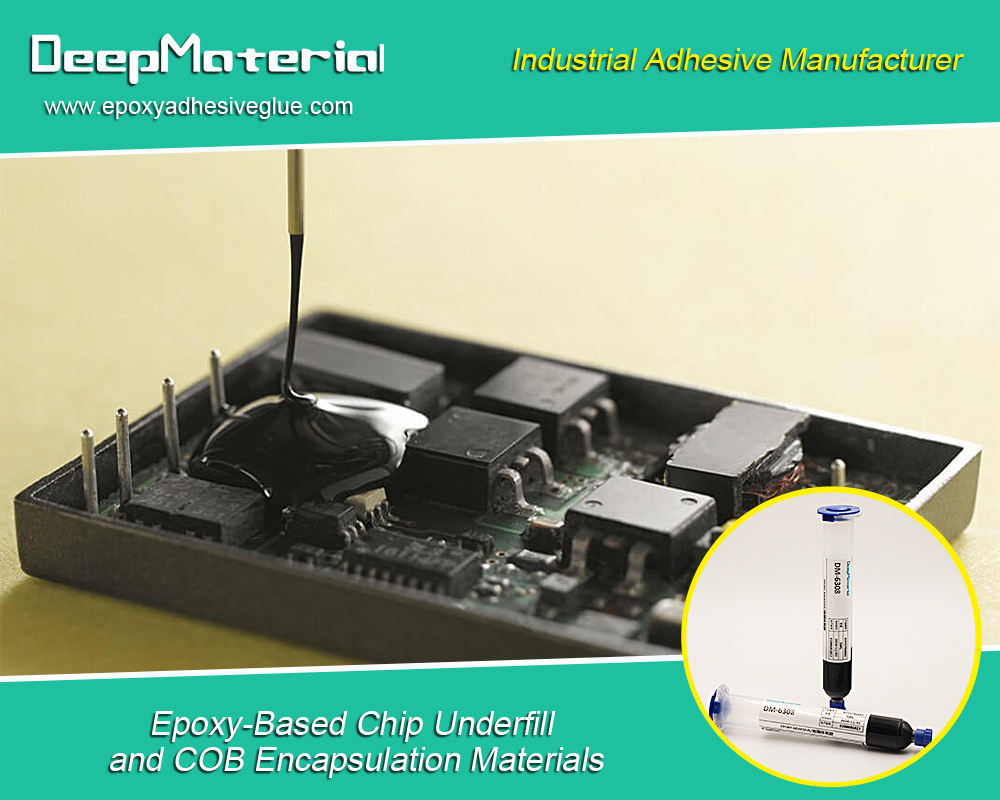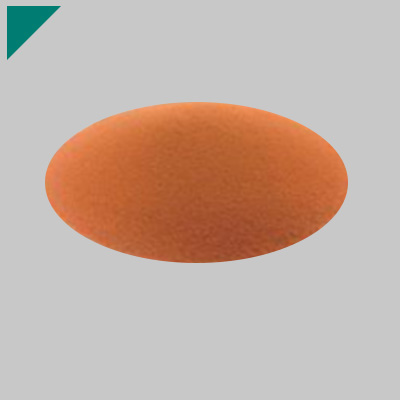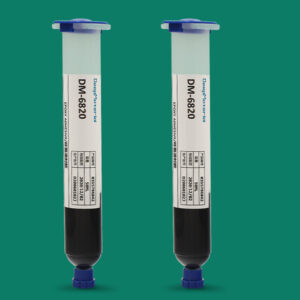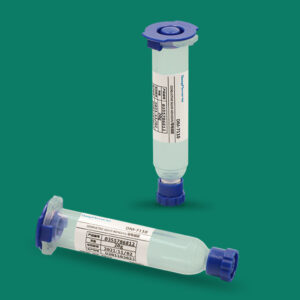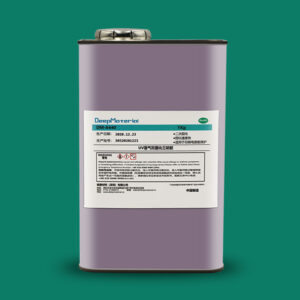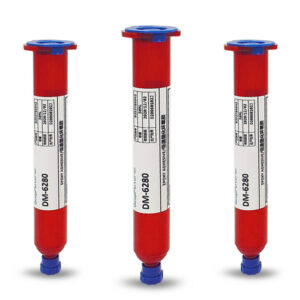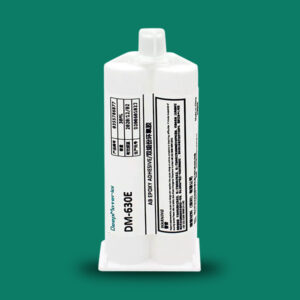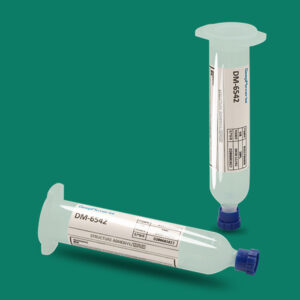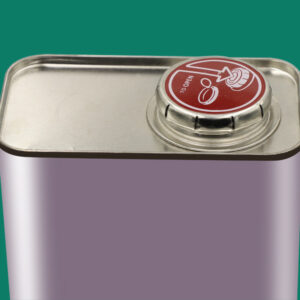Addressing Common Challenges In Optical Bonding Automotive adhesive Applications
Addressing Common Challenges In Optical Bonding Automotive adhesive Applications
Optical bonding is a crucial process in automotive adhesive applications that involves the bonding of two or more optical components together to enhance visibility and durability. This process is commonly used in the automotive industry to improve the performance of displays, touchscreens, and other optical components in vehicles. However, there are several challenges that need to be addressed in order to achieve optimal bonding results.
In this article, we will explore these challenges and discuss the importance of addressing them for successful optical bonding in automotive adhesive applications.
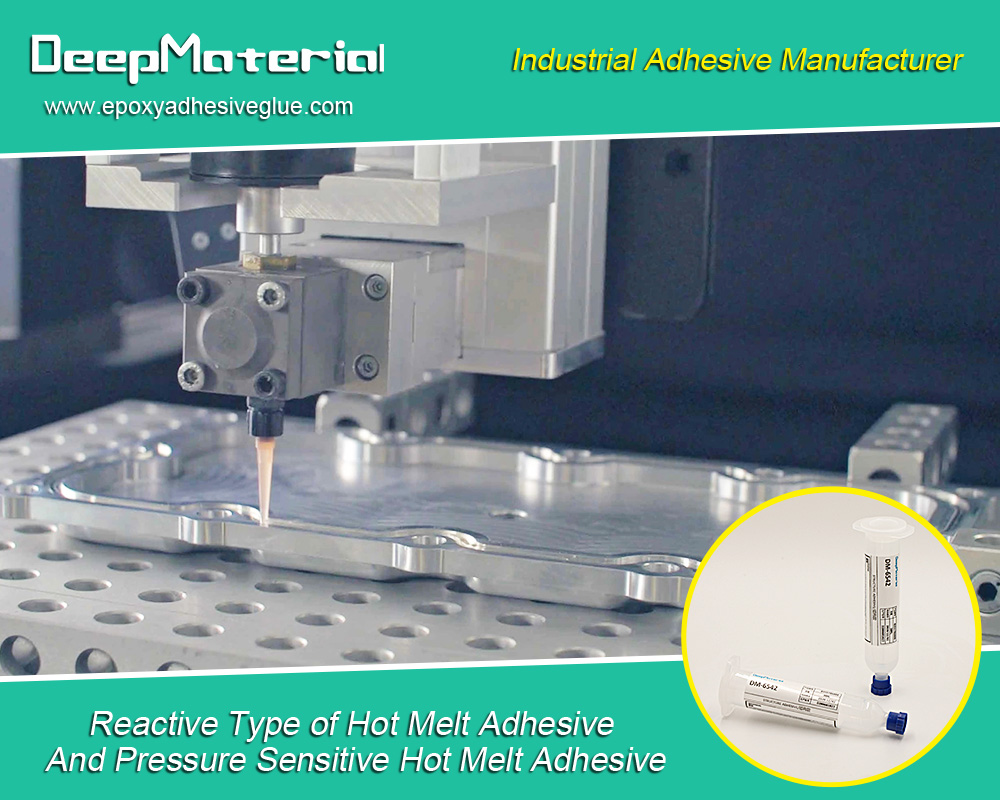
Common Challenges Faced in Optical Bonding
One of the common challenges faced in optical bonding is the presence of air bubbles and voids between the bonded components. These air bubbles can significantly affect the optical clarity and performance of the bonded components. Another challenge is delamination, which occurs when the bonded components separate from each other. This can be caused by factors such as improper adhesive application or inadequate curing.
Moisture and humidity are also common challenges in optical bonding, as they can lead to adhesive failure and reduced bond strength. Temperature changes can cause the bonded components to expand or contract, leading to stress on the bond line and potential failure. Lastly, surface contamination can negatively impact the bonding process by preventing proper adhesion between the components.
Importance of Addressing These Challenges
Addressing these challenges is crucial for ensuring the performance and durability of the bonded components. Air bubbles and voids can significantly affect the optical clarity and visibility of displays and touchscreens, leading to a poor user experience. Delamination can result in the failure of the bonded components, leading to costly rework and repairs. Moisture and humidity can cause adhesive failure, compromising the bond strength and longevity of the components.
Temperature changes can lead to stress on the bond line, potentially causing failure over time. Surface contamination can prevent proper adhesion, resulting in weak bonds that are prone to failure. By addressing these challenges, manufacturers can ensure the quality and reliability of their optical bonding applications.
Understanding the Role of Surface Preparation in Optical Bonding
Surface preparation plays a critical role in the success of optical bonding applications. It is important to have clean and dry surfaces before applying the adhesive. Any contaminants or moisture on the surfaces can interfere with the bonding process and compromise the bond strength. Techniques for surface preparation include cleaning the surfaces with solvents or detergents, using abrasive materials to remove any surface imperfections, and ensuring that the surfaces are completely dry before applying the adhesive.
It is also important to avoid common mistakes such as using improper cleaning agents or not allowing enough time for the surfaces to dry. By properly preparing the surfaces, manufacturers can ensure optimal bonding results.
Techniques for Achieving Optimal Bonding Results
There are several techniques that can be employed to achieve optimal bonding results in optical bonding applications. Proper adhesive dispensing and curing is crucial for ensuring a strong and durable bond. The adhesive should be applied evenly and in the right amount to avoid air bubbles and voids. For optimal results, it is recommended to adhere to the manufacturer’s guidelines for curing, while also considering variables such as temperature and humidity.
The use of pressure and heat can also help in achieving optimal bonding results. Applying pressure during the bonding process helps to ensure proper contact between the components and the adhesive. Heat can be used to accelerate the curing process and improve bond strength. Uniformity and consistency are also important in achieving optimal bonding results. By following these techniques, manufacturers can achieve strong and durable bonds in their optical bonding applications.
Importance of Quality Control in Optical Bonding
Quality control is crucial in optical bonding to ensure the reliability and performance of the bonded components. Testing and validation of bonding strength is important to ensure that the bond meets the required specifications. This can be done through various tests such as peel strength testing, shear strength testing, and impact resistance testing. Monitoring of environmental conditions such as temperature and humidity is also important to ensure that the bonded components can withstand different conditions.
Documentation and record-keeping are important for traceability and accountability. By implementing quality control measures, manufacturers can ensure the quality and reliability of their optical bonding applications.
Testing and Validation of Optical Bonding in Automotive Applications
Testing and validation of optical bonding in automotive applications is crucial to ensure the performance and durability of the bonded components. Different types of tests can be used to validate the bonding strength, including peel strength testing, shear strength testing, and impact resistance testing. It is important to test the bonded components in different environmental conditions to ensure that they can withstand temperature changes, moisture, and humidity.
Compliance with industry standards and regulations is very crucial to ensure that the optical bonding applications meet the required specifications. By testing and validating the optical bonding applications, manufacturers can ensure the quality and reliability of their automotive adhesive applications.
Future Developments and Advancements in Optical Bonding Technology for Automotive Adhesive Applications
The field of optical bonding is constantly evolving, with new developments and advancements being made to improve the performance and durability of automotive adhesive applications. Emerging trends and innovations include the use of advanced adhesives with improved bond strength and temperature resistance, the development of new surface preparation techniques to enhance adhesion, and the use of automated processes to improve efficiency and consistency. These advancements have the potential to greatly benefit the automotive industry by improving the visibility and durability of displays and touchscreens in vehicles. Manufacturers should stay updated with these developments and consider incorporating them into their manufacturing processes to stay competitive in the market.
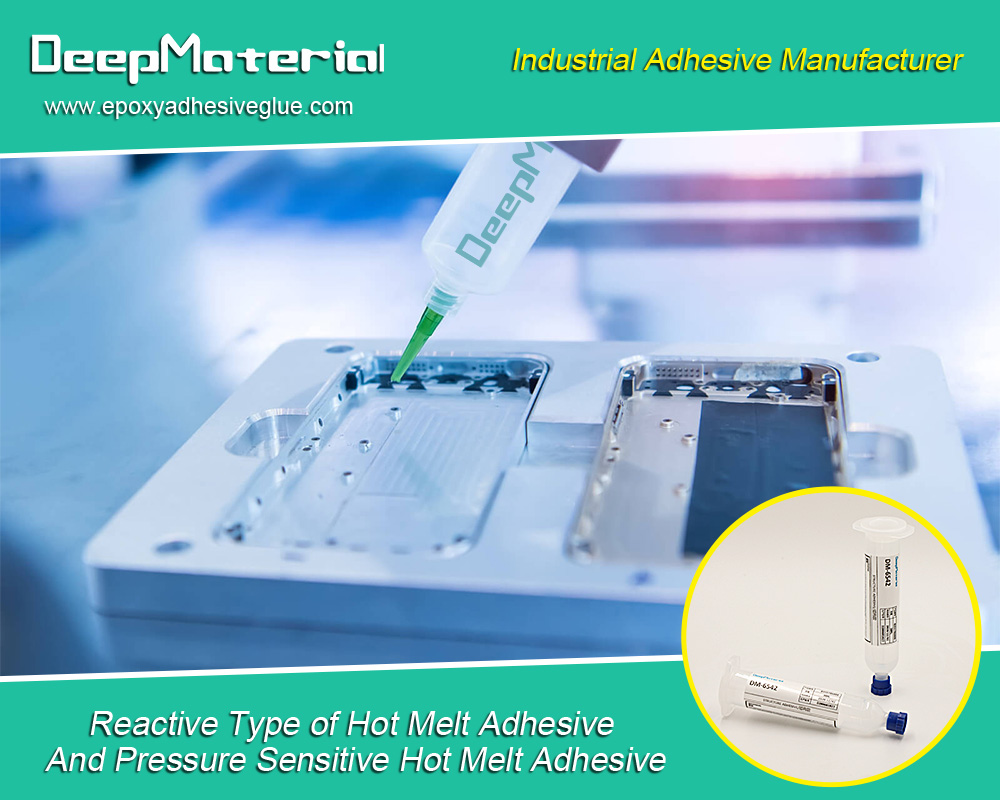
Conclusion
In conclusion, optical bonding is a crucial process in automotive adhesive applications that involves the bonding of two or more optical components together to enhance visibility and durability. However, there are several challenges that need to be addressed in order to achieve optimal bonding results. These challenges include air bubbles and voids, delamination, moisture and humidity, temperature changes, and surface contamination.
By addressing these challenges, manufacturers can ensure the performance and durability of their optical bonding applications. Surface preparation, choosing the right adhesive, and employing proper techniques for adhesive dispensing and curing are important for achieving optimal bonding results.
For more about choosing the Addressing Common Challenges In Optical Bonding Automotive adhesive Applications, you can pay a visit to DeepMaterial at https://www.epoxyadhesiveglue.com/category/epoxy-adhesives-glue/ for more info.


